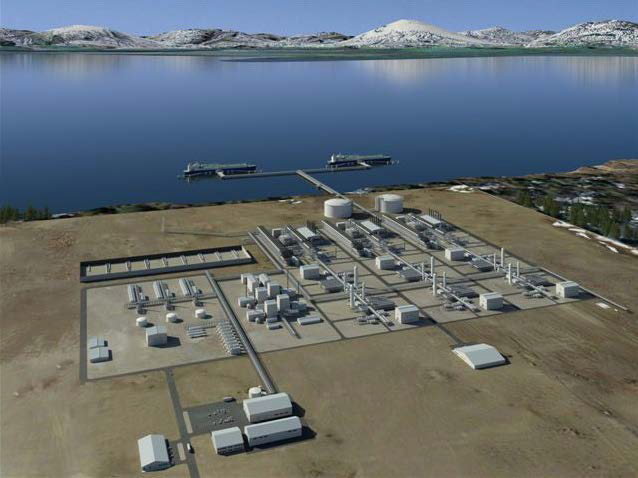The US will have a total of 8.9 billion cubic feet per day (bcfd) equating to 66.7 million tons per annum (mtpa) of liquefied natural gas (LNG) liquefaction capacity from currently planned and sanctioned projects by 2020, according to data and analytics company GlobalData.
Presently about 77% of the US LNG volume exported is contracted under a long-term scheme. Through these contracts, US LNG production competes whenever an arbitrage window is created to export cargoes, based on shipping costs and natural gas landed prices in the destination markets.
By the end of 2017 the total LNG trade accounted for 9.8% of the worlds natural gas production. In the US, LNG exports increased from an average of 1.2bcfd (8.9 mtpa) to 2.4 bcfd (17.9 mtpa) between 2016 and 2017 with sustained LNG demand in Europe, Asia and even South America providing favourable conditions for the US to continue to grow export volumes.
Adrian Lara, Oil & Gas Sr. Analyst at GlobalData, commented, “The fully liberalized US natural gas market is conducive to a market competing on price, which is in turn a function of supply and demand balances. This sector structure has allowed for LNG plants to operate without needing to integrate the upstream supply in their capital expenditure and will surely continue to be an advantage for future LNG developers in need of a cheap supply of natural gas.”





